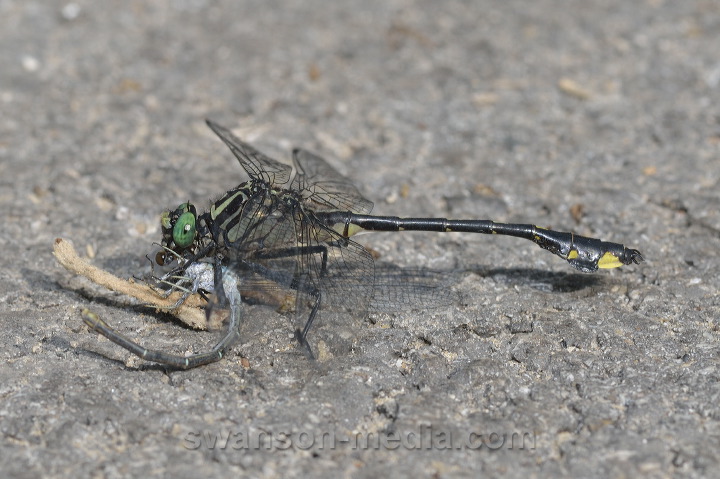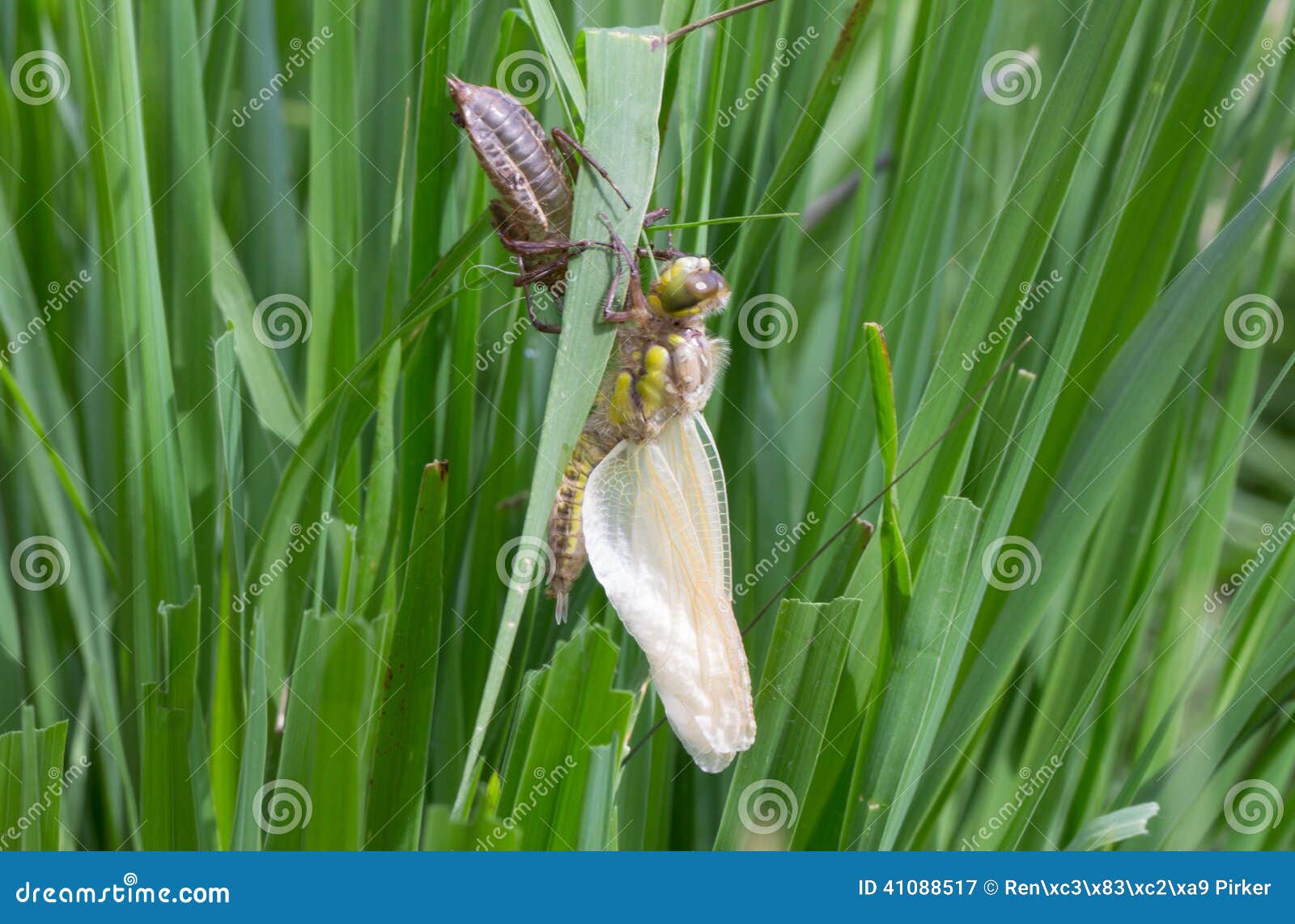

Volunteer with your local nature club or provincial park to participate in surveys or stewardship work focused on species at risk. Join the centre’s Rare Species of Ontario project in iNaturalist, an online plant and animal identification app, to quickly and easily submit your observations. Submit your observations of species at risk to the Natural Heritage Information Centre ( NHIC), which is Ontario’s conservation data centre. Habitat protectionĪ habitat regulation defines a species' habitat and may describe features (such as, a creek, cliff, or beach), geographic boundaries or other unique characteristics. Read the report on progress towards the protection and recovery of 27 species at risk, including Rapids Clubtail (2016). Read the government response statement (June 15, 2011) Five-year review of progressĪ five-year review reports on progress made toward protecting and recovering a species, within five years of publishing a species’ government response statement. Read the recovery strategy (September 10, 2010) Government response statementĪ government response statement outlines the actions the government intends to take or support to help recover the species. Read the executive summary (September 10, 2010) Recovery strategyĪ recovery strategy advises the ministry on ways to ensure healthy numbers of the species return to Ontario. The ESA also requires us to prepare recovery guidance for threatened species such as Rapids Clubtail to guide recovery efforts for the species in Ontario.Īll species listed on the Species at Risk in Ontario List may be eligible for consideration for government funding through the Species at Risk Stewardship Program. This species and its habitat are protected under Ontario’s Endangered Species Act, 2007 ( ESA). Such degradation has led to the apparent demise of this species on the Credit River and the decline of the population on the Humber River.

Activities which impede or alter the quantity and quality of water in the rivers it inhabits, such as dams and pollution, pose threats. The primary threat to the Rapids Clubtail is the degradation of river habitats. In Ontario, the Rapids Clubtail has only been found in seven rivers in southern and eastern Ontario: the Thames, Humber, Credit and Mississippi. Midwest, but their range extends from northern Alabama and Georgia to southern Ontario, and from Maine to eastern Minnesota.

Most populations of the Rapids Clubtail are located in the U.S. Within this range the species and its habitat are locally distributed and there are large areas where the species does not occur. The Rapids Clubtail is a globally rare to uncommon species found throughout eastern North America. Males are quite territorial and make short flights over the water, repeatedly returning to the same perch.Īdult females typically inhabit forests along riverbanks, and only visit shallows and pools when they are ready to mate and lay eggs. Adult males perch on exposed rocks and other projections in the rapids. The Rapids Clubtail is typically found in clear, cool medium-to-large rivers with gravel shallows and muddy pools. Like all dragonflies, the Rapids Clubtail begins its life as an aquatic larva and transforms into a winged adult during the summer. Its eyes are bluish-green, with a light yellowish-green face that is striped with two dark lines, a brownish-black and yellowish-green striped body, and transparent wings. The Rapids Clubtail is a relatively small (42 to 45 millimetre-long), brightly coloured dragonfly. Read the most recent assessment report ( PDF). Date added to the Species at Risk in Ontario List “Threatened” means the species lives in the wild in Ontario, is not endangered, but is likely to become endangered if steps are not taken to address factors threatening it. Photo credits: Glenn Corbiere Status Threatened


 0 kommentar(er)
0 kommentar(er)
